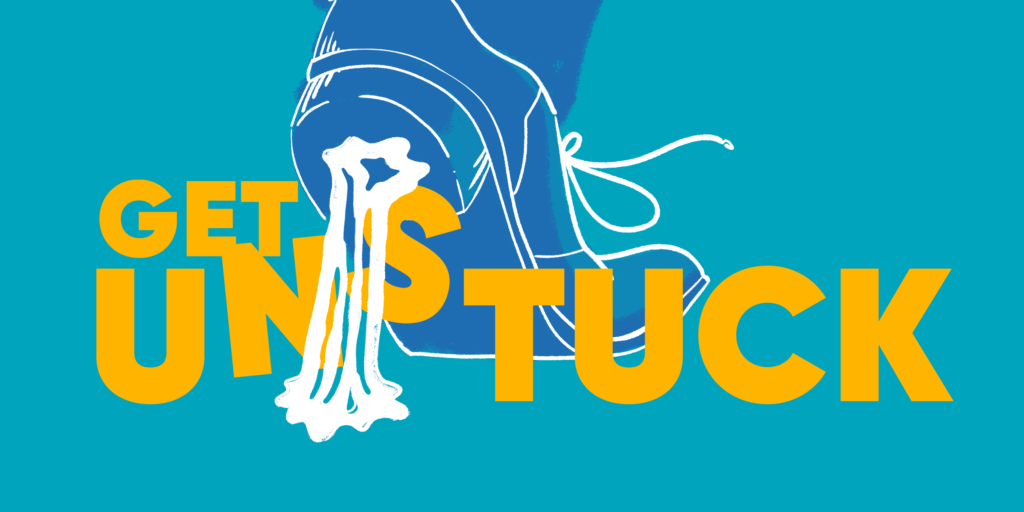After 20 years pioneering the power of storytelling to activate people, accelerate change and unlock extraordinary performance, we are delighted to be embarking on an exciting new chapter, announcing today that we are now part of Accenture, the leading global talent and innovation-led professional services company.
People are demanding more human connection and authenticity from leaders as they tackle today’s pertinent issues – including the rise of AI and sustainability. Leaders need a fresh way to motivate people to take action, bridging the gap between strategy and execution which is where many transformations can fail. With Accenture’s expertise and highly respected transformational change capabilities, we believe now is the time to take our business to the next level and join forces to deepen our impact with clients.
We have identified huge synergy between us, with a mutual focus on human potential to create transformation. In Accenture’s press release Tim Good, Accenture’s Talent & Organisation / Human Potential lead, EMEA said: “In 20 years, The Storytellers have built a formidable reputation for helping business leaders accelerate their transformation strategies to thrive in a world of fast-paced change. A compelling vision and narrative are now fundamental for driving change, and they bring deep understanding of the transformative power of a story and its role in energising people around a shared ambition. Together, with Accenture’s breadth of consulting and technology services, we will bring an innovative team to C-Suite clients to help them reinvent their business and build resilience for the future.”
At our heart we are storytellers, and will continue to focus on helping organisations around the world to harness the emotional connection, inspiration, motivation, behaviour change, empowerment and recognition storytelling creates for their people. Our team of experts in creativity, storytelling and transformation are excited about our next chapter and how we can make even more powerful magic happen for clients, their employees, customers and wider stakeholders. We thank each and every one of them, and our associate network, for helping to develop our craft and being on the journey with us to this amazing moment in our own history. We also partnered with Trachet who enabled us to reach this great result by helping articulate The Storytellers’ unique value and positioning as well as the thrilling potential of becoming part of Accenture.
If you’d like to explore how our extended capabilities can now support you in even better ways please do contact our team, or me directly at chris.spencer@thestorytellers.com








